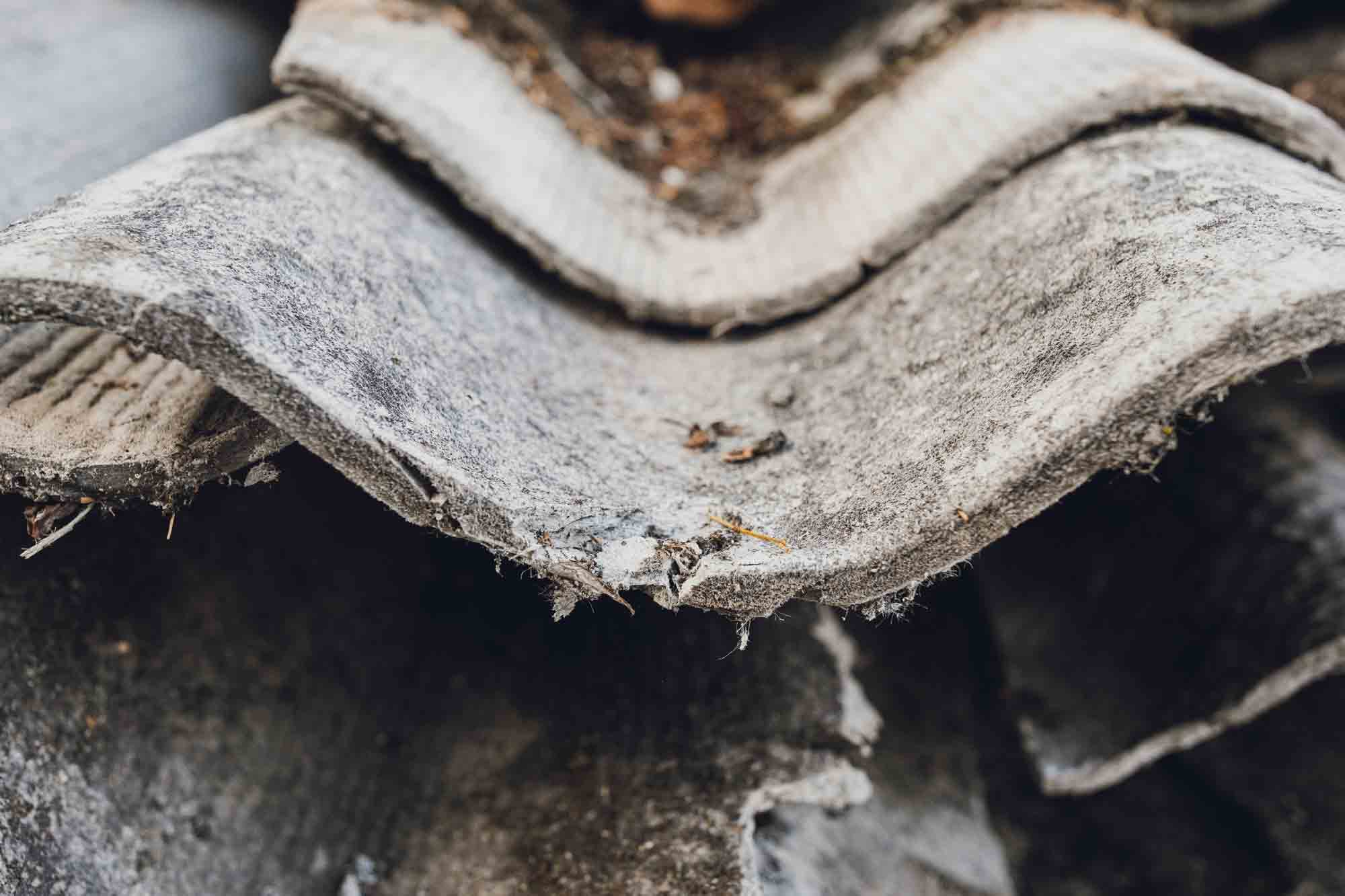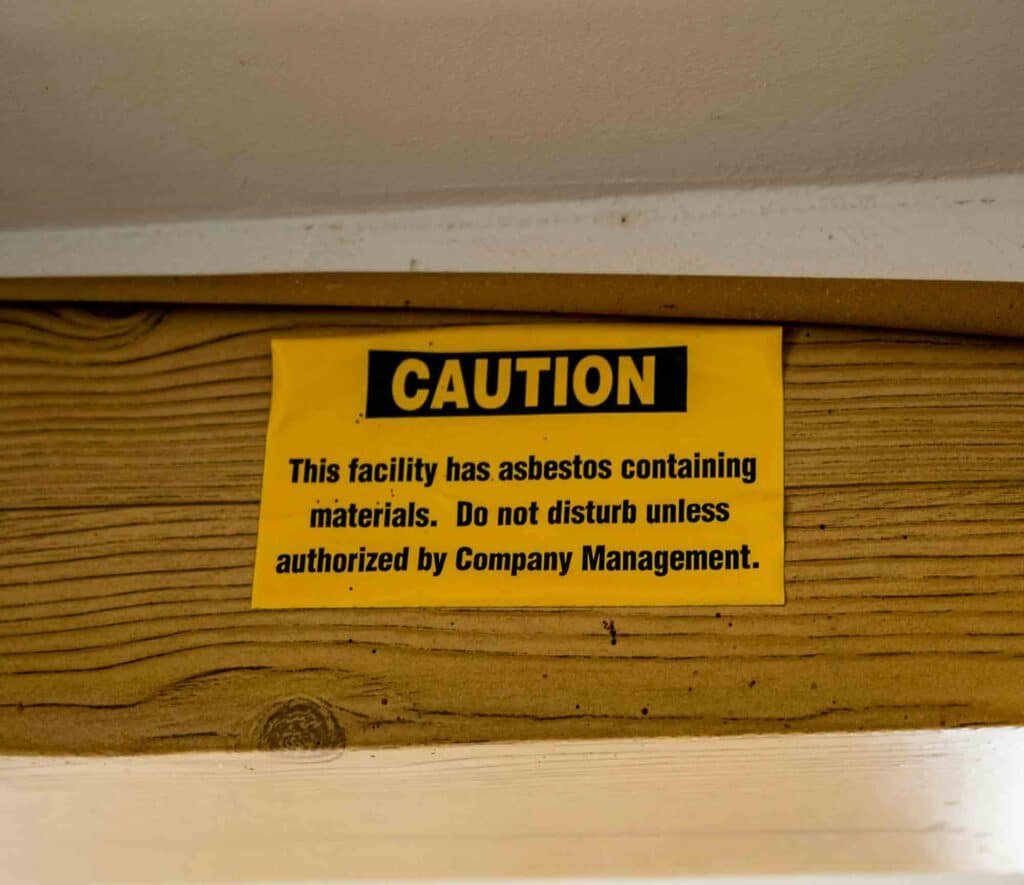Contact Us Today!

Asbestos Presence?
If you own or purchase a commercial building that was constructed in the 1980s or earlier, there’s a chance that you could have an abundance of asbestos-containing materials inside that property. The federal government first placed a partial ban on asbestos in 1989. And while it is still allowable in minuscule amounts, it is classified as hazardous material and should be abated, or removed safely if discovered. This is where Pro Service Builders can help. Since 2014, we have efficiently and safely remodeled structures that contain asbestos for our clients in Arkansas. And if you are unsure if your building is clean, we will gladly perform a thorough survey followed by a detailed estimate of the remodeling process.
Why Choose Us?
Wherever you find asbestos – or think you find asbestos – Pro Service Builders is ready to help you remove it quickly, safely, and thoroughly. Our professionals understand the latest asbestos remodeling and abatement methods – as well as how to make sure your building does not lose any functionality or efficiency once it is removed. That’s because our expert contractors will replace the asbestos with efficient and safe materials. Our team is standing by, ready to answer your call and ensure that your commercial property is asbestos free.
How Common is Asbestos?
If your property was constructed before 1989, there is an increased chance that there are significant levels of asbestos in the building. However, since asbestos was linked to several types of cancers and lung damage, many commercial structures have already undergone asbestos remodeling and abatement. If you have asbestos-containing materials – which were often used in pipe insulation, siding, glues, and other building materials – typically it will say so on the product. However, if you are unsure, it is best to have an expert survey the materials to make an accurate identification.
Have an Emergency? Contact us Today!
24/7 Emergency Response
100-plus years combined experience
Fully Bonded and Insured
5-star Rating

Count on the Pros for Safe, Effective Asbestos Removal Services
Don’t settle for less than expert commercial asbestos remediation services. At Pro Service Builders, we serve the state of Arkansas and have earned a reputation in the Little Rock area and beyond for being the best at what we do. You can trust our experienced team to get the job done right the first time, so you can receive the safest asbestos removal and then get on with your business. Our commitment to service also means that we treat you with utmost respect and keep you informed of each step along the way.
Asbestos 101
Asbestos is a material containing naturally occurring minerals that create flexible, soft, heat- and corrosion-resistant fibers. It works as an effective insulator and is also present in paper, cement, plastic, cloth, and other materials to make them stronger. However, because exposure to asbestos can cause cancer and other asbestos-related diseases over time, today U.S. manufacturers and companies may only use it in products if the amount of asbestos is less than one percent.
- How to Identify Asbestos Products
- Asbestos Came Under Scrutiny in 1989
- Health Risks Associated with Asbestos
How to Identify Asbestos Products You cannot tell if a material contains asbestos – or how much asbestos it contains – simply by looking at it. In some cases, a label will tell you if asbestos is present. Other times, the only effective way to identify asbestos content is testing by a trained and accredited asbestos inspector or contractor.
According to the U.S. Environmental Protection Agency (EPA), discontinued asbestos products include:
- Adhesives, sealants, and coatings in roof and non-roof applications
- Arc chutes in electricity generating plants
- Cement products
- Millboard
- Packings for mechanical equipment
- Pipeline wrap
- Vinyl-asbestos floor tile
- Protective clothing and other woven asbestos textiles
- Building insulation and textured paints
You cannot tell if a material contains asbestos – or how much asbestos it contains – simply by looking at it. In some cases, a label will tell you if asbestos is present. Other times, the only effective way to identify asbestos content is testing by a trained and accredited asbestos inspector or contractor.
According to the U.S. Environmental Protection Agency (EPA), discontinued asbestos products include:
- Adhesives, sealants, and coatings in roof and non-roof applications
- Arc chutes in electricity generating plants
- Cement products
- Millboard
- Packings for mechanical equipment
- Pipeline wrap
- Vinyl-asbestos floor tile
- Protective clothing and other woven asbestos textiles
- Building insulation and textured paints
Asbestos Came Under Scrutiny in 1989 For several years, the United States has had specific regulations in place for manufacturing and using products that contain asbestos. There was a partial ban on products in 1989 and then a final ruling in 2019 that prevented certain products from returning to the marketplace. A final ruling in March 2024 banning chrysotile asbestos was made as the first rule under the 2016 amendments to the United States’ chemical safety law (the Toxic Substances Control Act) to be finalized.
For several years, the United States has had specific regulations in place for manufacturing and using products that contain asbestos. There was a partial ban on products in 1989 and then a final ruling in 2019 that prevented certain products from returning to the marketplace. A final ruling in March 2024 banning chrysotile asbestos was made as the first rule under the 2016 amendments to the United States’ chemical safety law (the Toxic Substances Control Act) to be finalized.
Health Risks Associated with Asbestos Products that contain significant amounts of asbestos require expert safety and handling. Inexperienced people handling asbestos face several risks. For instance, inhaling or ingesting dust from asbestos can lead to mineral fibers becoming permanently trapped in the human body. The fibers may then cause inflammation, scarring, genetic injury, and cancer or lung disease.
Asbestos-linked diseases include:
- Mesothelioma – an aggressive cancer in the pleural and peritoneal linings
- Ovarian or laryngeal cancer
- Lung cancer
- Lung disease
To prevent the health risks from asbestos, it is crucial to hire a trusted asbestos abatement team with a track record for successful and safe asbestos removal.
Products that contain significant amounts of asbestos require expert safety and handling. Inexperienced people handling asbestos face several risks. For instance, inhaling or ingesting dust from asbestos can lead to mineral fibers becoming permanently trapped in the human body. The fibers may then cause inflammation, scarring, genetic injury, and cancer or lung disease.
Asbestos-linked diseases include:
- Mesothelioma – an aggressive cancer in the pleural and peritoneal linings
- Ovarian or laryngeal cancer
- Lung cancer
- Lung disease
To prevent the health risks from asbestos, it is crucial to hire a trusted asbestos abatement team with a track record for successful and safe asbestos removal.

